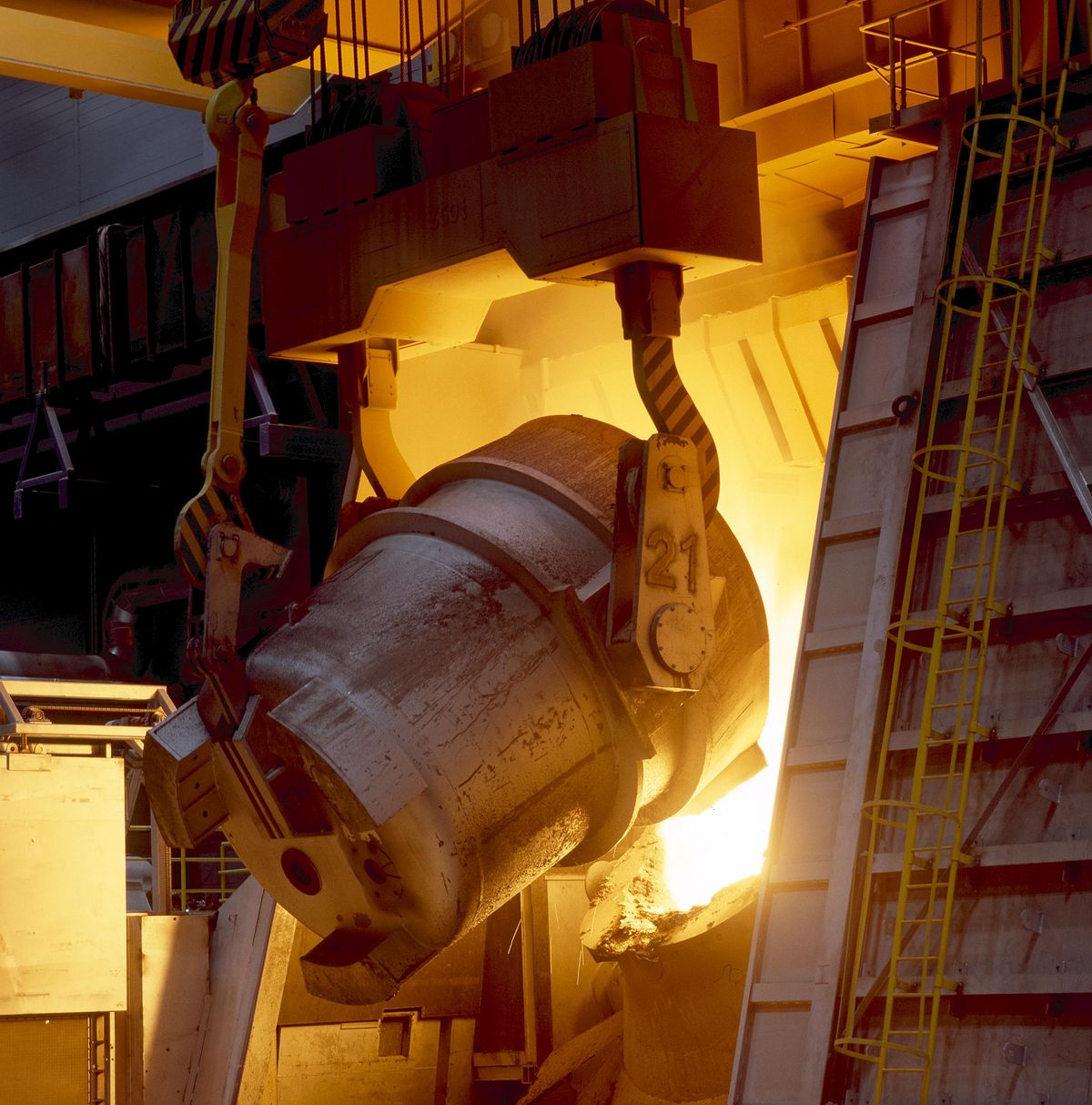The heat treatment furnace is a fundamental piece of equipment in the heat treatment workshops of metallurgical plants and machinery manufacturing factories.
In metallurgical plants, the primary subjects of heat treatment are metal ingots, plates, tubes, wires, as well as profiles, rails, wheels, etc. In machinery manufacturing plants, the subjects of heat treatment include various components, cutting tools, measuring instruments, forgings, castings, etc.
I. Requirements of Heat Treatment Processes
The requirements for heat treatment processes are as follows:
(1) Alter the mechanical properties, machinability, or achieve specific performance characteristics of the workpiece.
(2) Homogenize the internal composition of the workpiece and eliminate internal stresses.
(3) Chemical heat treatment can modify the surface composition of the workpiece, thereby imparting special properties.
Heat treatment processes include quenching, annealing, normalizing, tempering, and chemical heat treatment. From a thermal perspective, all these processes consist of three stages: heating, soaking, and cooling. The differences lie only in the combinations of heating temperature, heating rate, cooling rate, and furnace atmosphere.
II. Classification of Heat Treatment Furnaces
Due to the variety of heat treatment processes and the diverse shapes and sizes of workpieces, a wide range of furnace types and structures have been developed. Consequently, there are multiple methods for classifying heat treatment furnaces. These classification methods include:
(1) By temperature:
- High-temperature heat treatment furnaces, with furnace temperatures above 1000°C.
- Medium-temperature heat treatment furnaces, with furnace temperatures between 650°C and 1000°C.
- Low-temperature heat treatment furnaces, with furnace temperatures below 650°C.
(2) By heat source:
- Fuel-based: coal-fired furnaces, oil-fired heat treatment furnaces, and gas-fired heat treatment furnaces.
- Electricity-based: resistance furnaces, induction heating devices, etc.
(3) By operation mode:
- Batch-type heat treatment furnaces.
- Continuous heat treatment furnaces.
(4) By heat treatment process:
- Quenching furnaces, tempering furnaces, annealing furnaces, normalizing furnaces, carburizing furnaces.
(5) By heating method:
- Direct heating heat treatment furnaces.
- Indirect heating heat treatment furnaces, such as muffle furnaces and radiant tube furnaces.
(6) By heating medium inside the furnace:
- Gas-based: air, flue gas, controlled atmosphere, vacuum, etc.
- Liquid-based: molten salt, molten lead furnaces.
- Solid-based: fluidized bed furnaces.
(7) By mechanization method:
- Car-bottom furnaces, roller hearth furnaces, chain conveyer furnaces, rotary hearth furnaces, shaker hearth furnaces, bell furnaces, etc.
III. Structure of Heat Treatment Furnaces
(1) Selection of Combustion Equipment and Heating Methods
- Selection of Combustion Equipment
In China, heat treatment furnaces utilize solid, liquid, and gaseous fuels. Internationally, heat treatment furnaces generally do not use coal; where liquid fuels are employed, diesel is preferred over heavy oil.(1) Solid fuel equipment: The greatest advantage of using lump coal is its simple equipment and low investment, making it suitable for small, decentralized, single furnaces, such as those in township enterprises or small machinery factories. However, the combustion process of lump coal is difficult to control, resulting in poor heating quality, high coal consumption, and harsh labor conditions. It is only suitable for semi-finished products, rough workpieces, or parts with low quality requirements. The use of solid fuels should transition from manual coal feeding to mechanized coal feeding or pulverized coal combustion. In China, chain grates, reciprocating grates, and pulverized coal burners are standardized products and can be selected based on practical conditions.(2) Liquid fuel equipment: In China, the primary liquid fuel is heavy oil. Its advantages include high calorific value, high flame temperature, strong radiation capability, and adjustable combustion processes. There are various types of oil burners, such as low-pressure oil burners, rotary cup burners, flat-flame burners, high-velocity burners, and proportional regulating burners, which can be selected according to specific conditions.(3) Gaseous fuel equipment: Various natural and manufactured gases, such as natural gas, liquefied petroleum gas, coke oven gas, blast furnace gas, producer gas, and city gas, are excellent fuels for heat treatment furnaces. Gaseous fuels are easy to transport, their combustion processes are easily adjustable, operation is convenient, controllability is high, and automation is readily achievable. There are many types of combustion devices for gaseous fuels, including low-pressure burners, flat burners, plate burners, flat-flame burners, high-velocity burners, self-recuperative burners, as well as the simplest atmospheric and diffusion burners.
